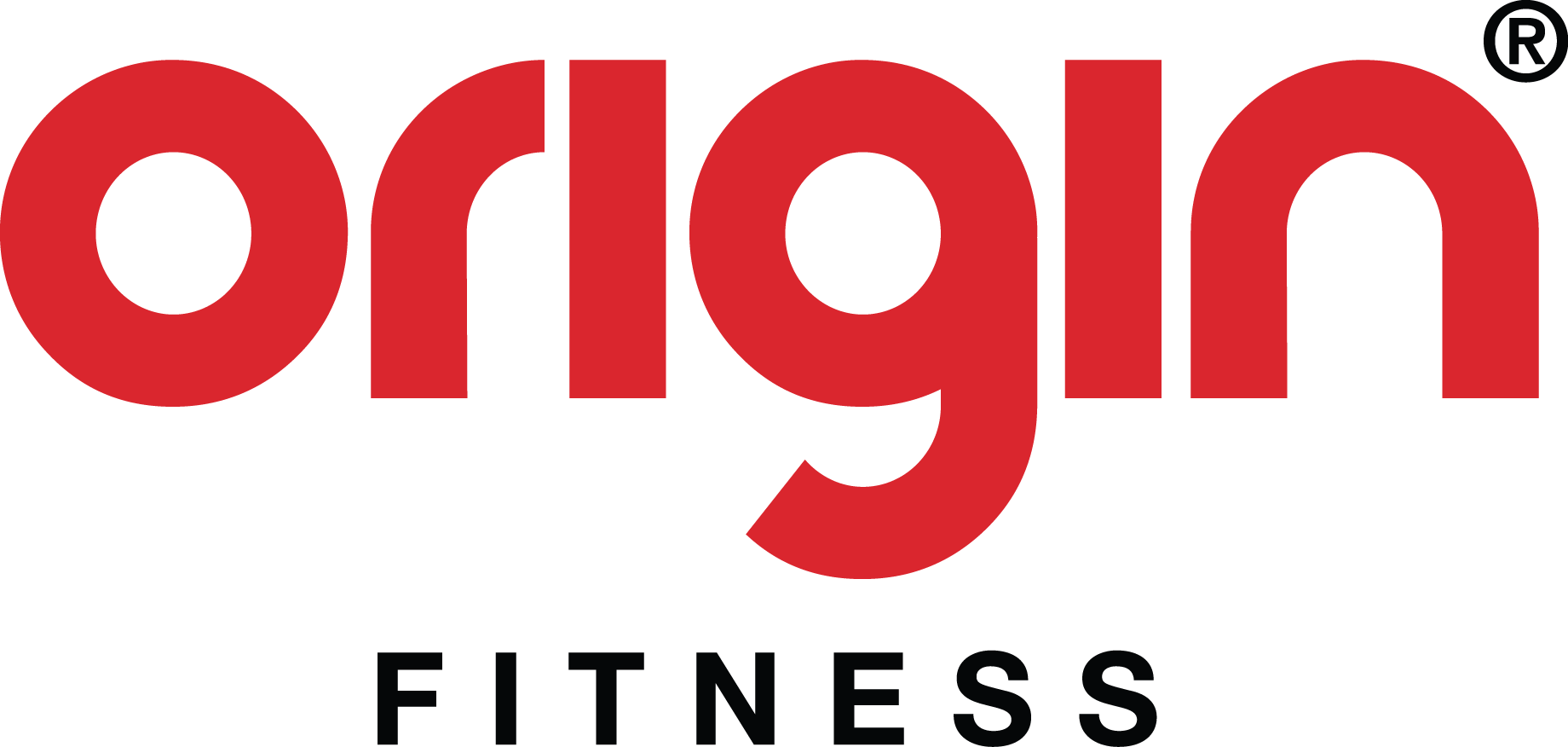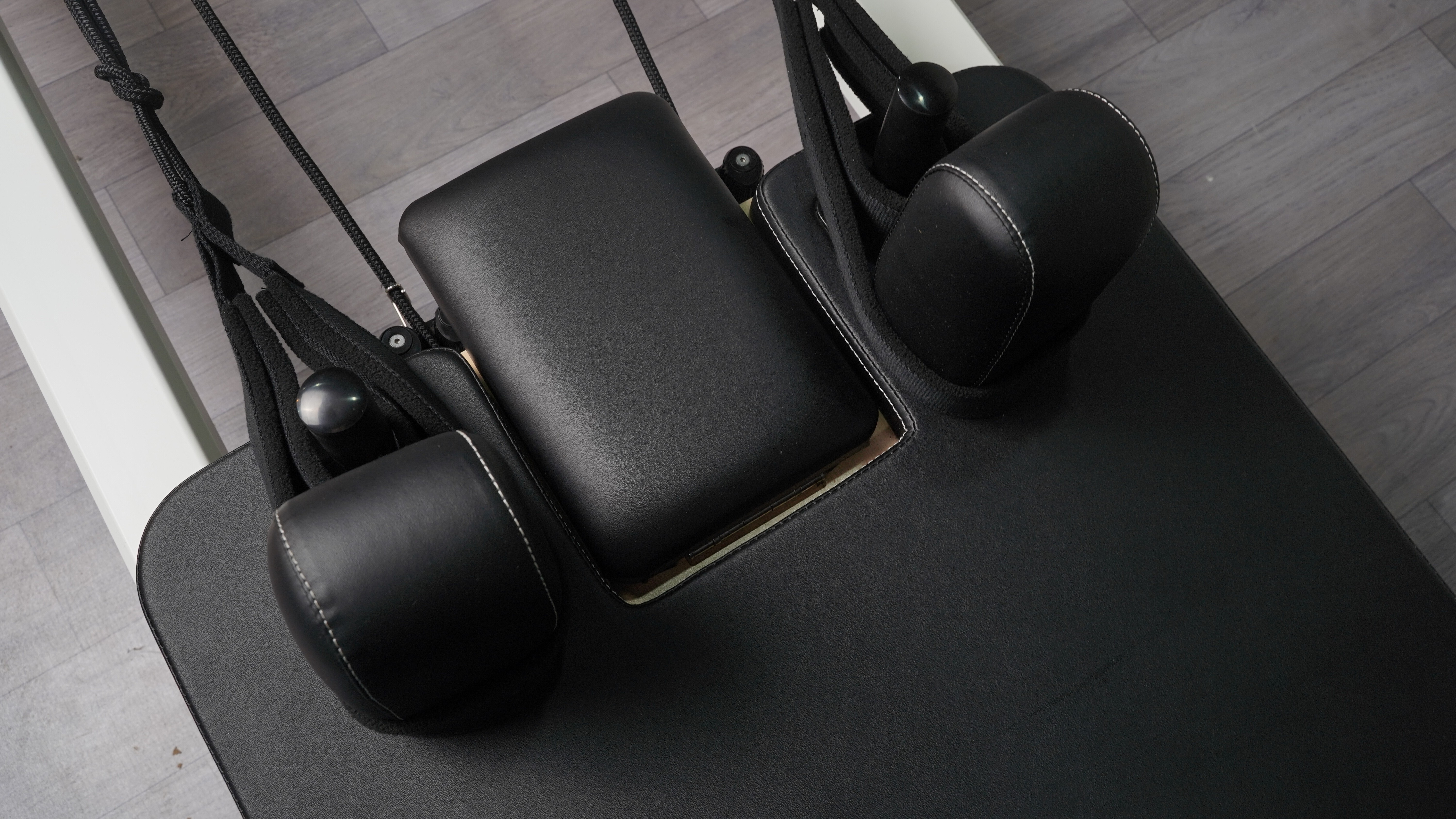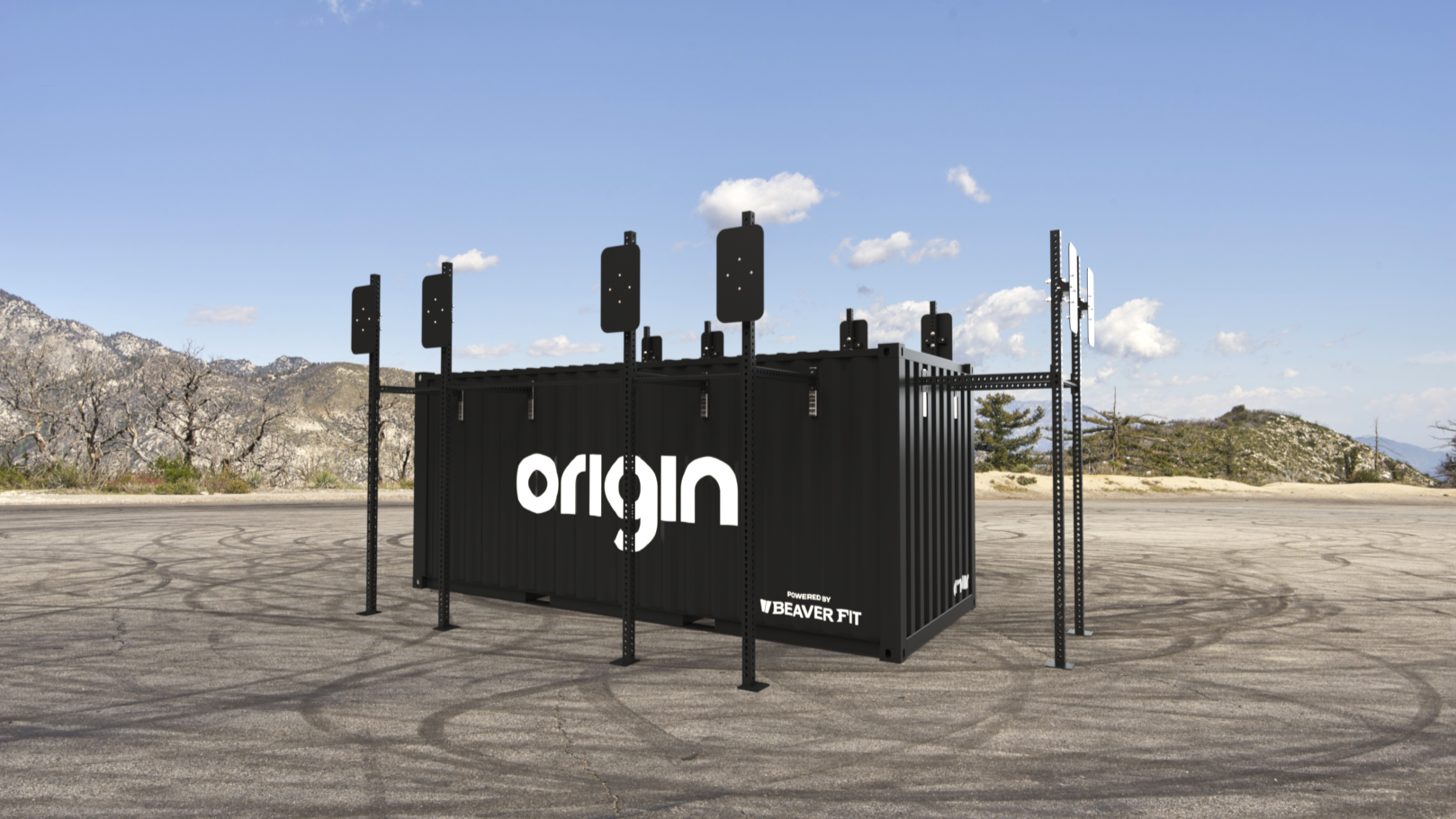0%
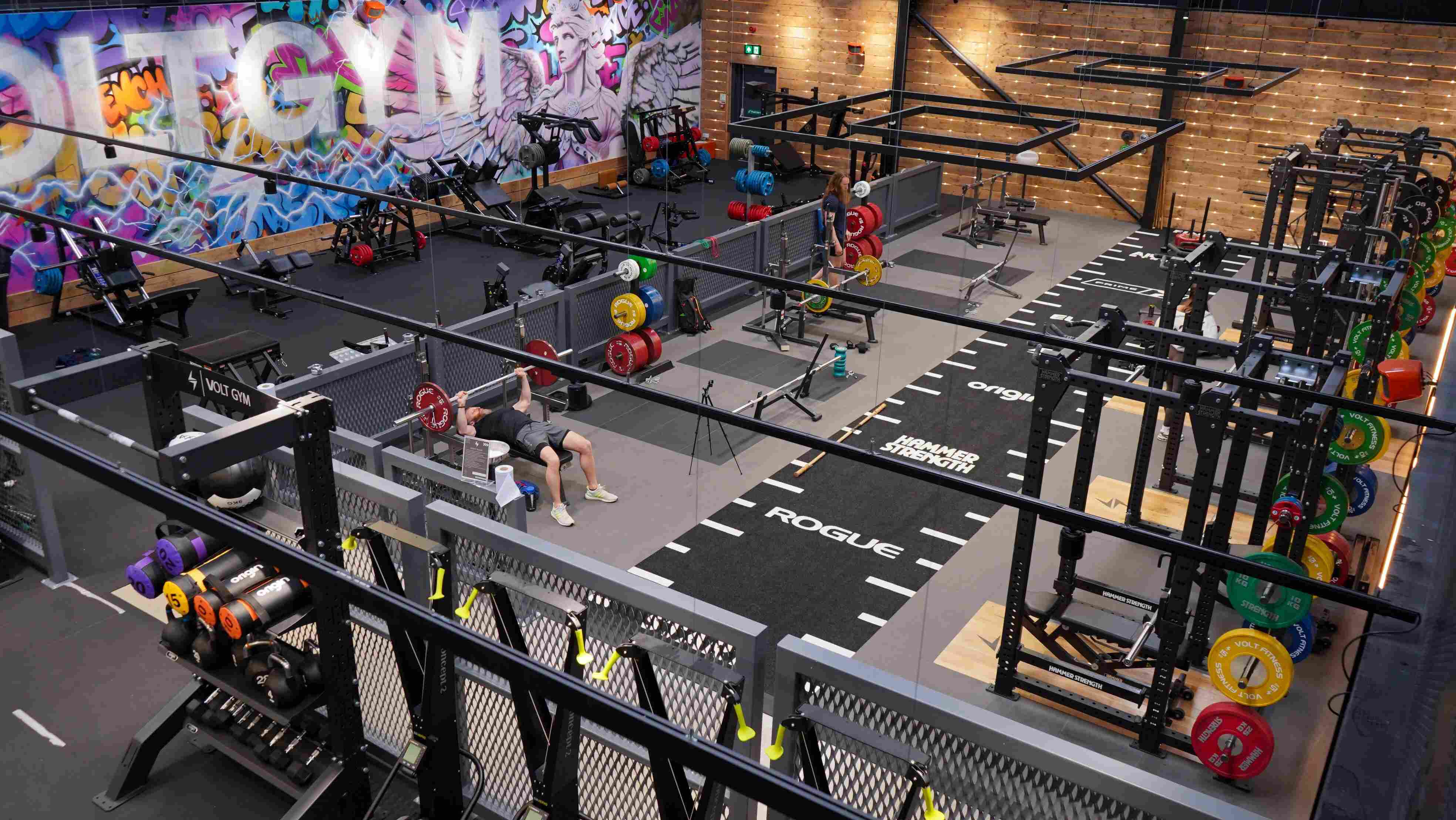
Gym Design is one of those topics that covers a wide range of topics. It can make it difficult to fit it into one single post, but we’re going to try our best to do just that. If you’re considering opening a new facility or redesigning an old training space, then get ready to dive into all the essential things you need to know about gym design.
We know that your main goal is to deliver the best possible experience, and therefore the best possible results, to members and clients, and we are here to support you in that goal. This might mean creating more space for members and clients to work out rather than just fitting in more equipment.
From the first steps in creating a vision to kicking on with building a brand, we dive into a load of helpful tips and topics that you should consider along the way. Whatever is key to your business, our gym design guide will take you through each stage, from where to start, to key considerations and, of course, how to choose your key pieces.
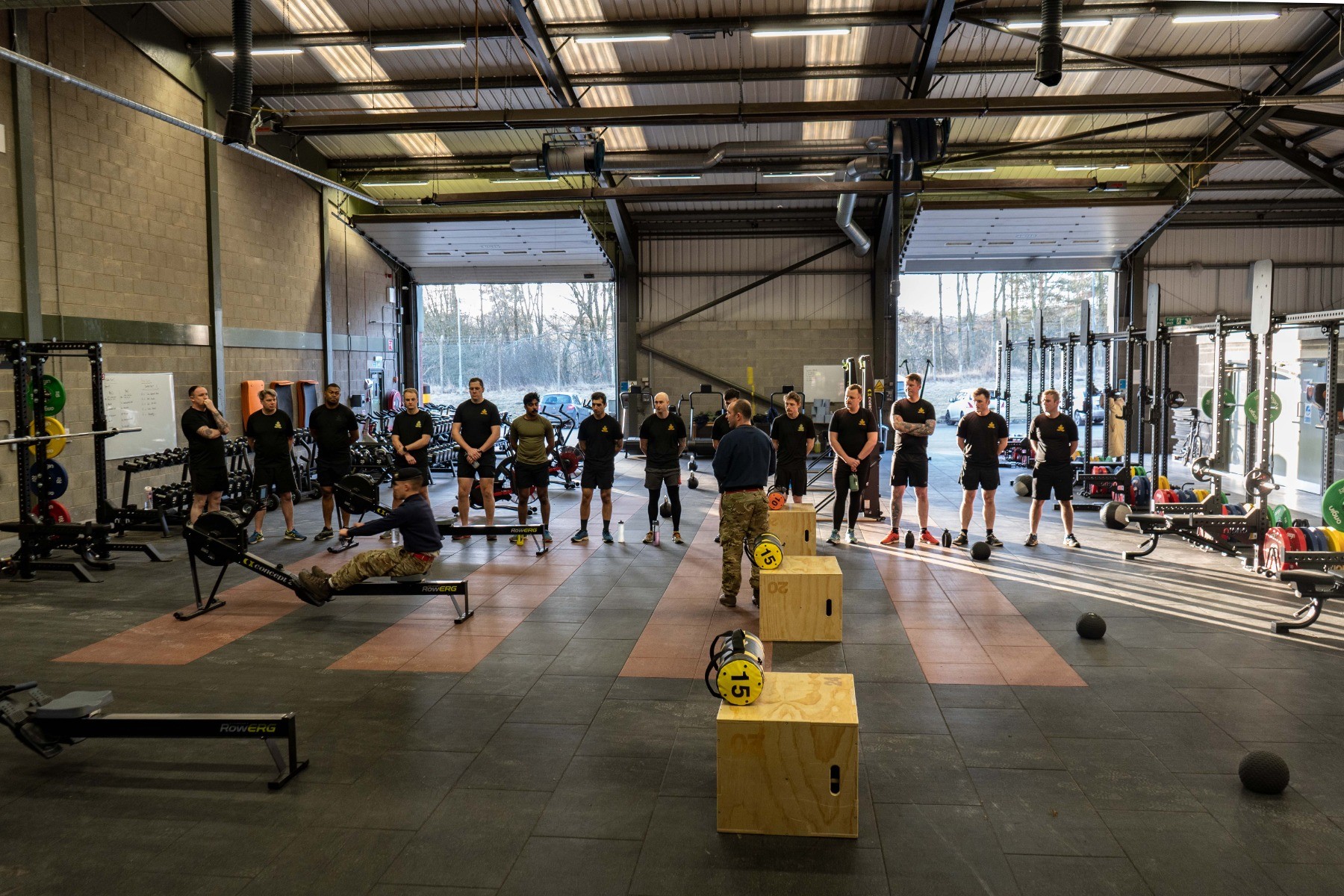
First Steps
Understanding your Goals
Whether building a gym from scratch or looking to refresh an existing facility, understanding your goals is very important. We’re sure you probably already have an idea in mind, but it's key to have a solid grasp of the gym style you’re looking to create.
If you are thinking about opening a gym, there are three questions we would start with:
- What type of gym are you looking to open?
- Who is it for?
- Who is your local competition?
What type of user are you trying to attract? Are you aiming to create a performance gym built with elite athletes in mind, develop a group training environment, or create a space accessible for everyone regardless of their fitness level?
Will the site be a premium boutique fitness studio, a functional fitness haven for Hyrox and CrossFit athletes, or have hundreds of power racks along the wall for Powerlifting? We're sure you already have an idea of what you want, but defining this early helps with the next few steps.
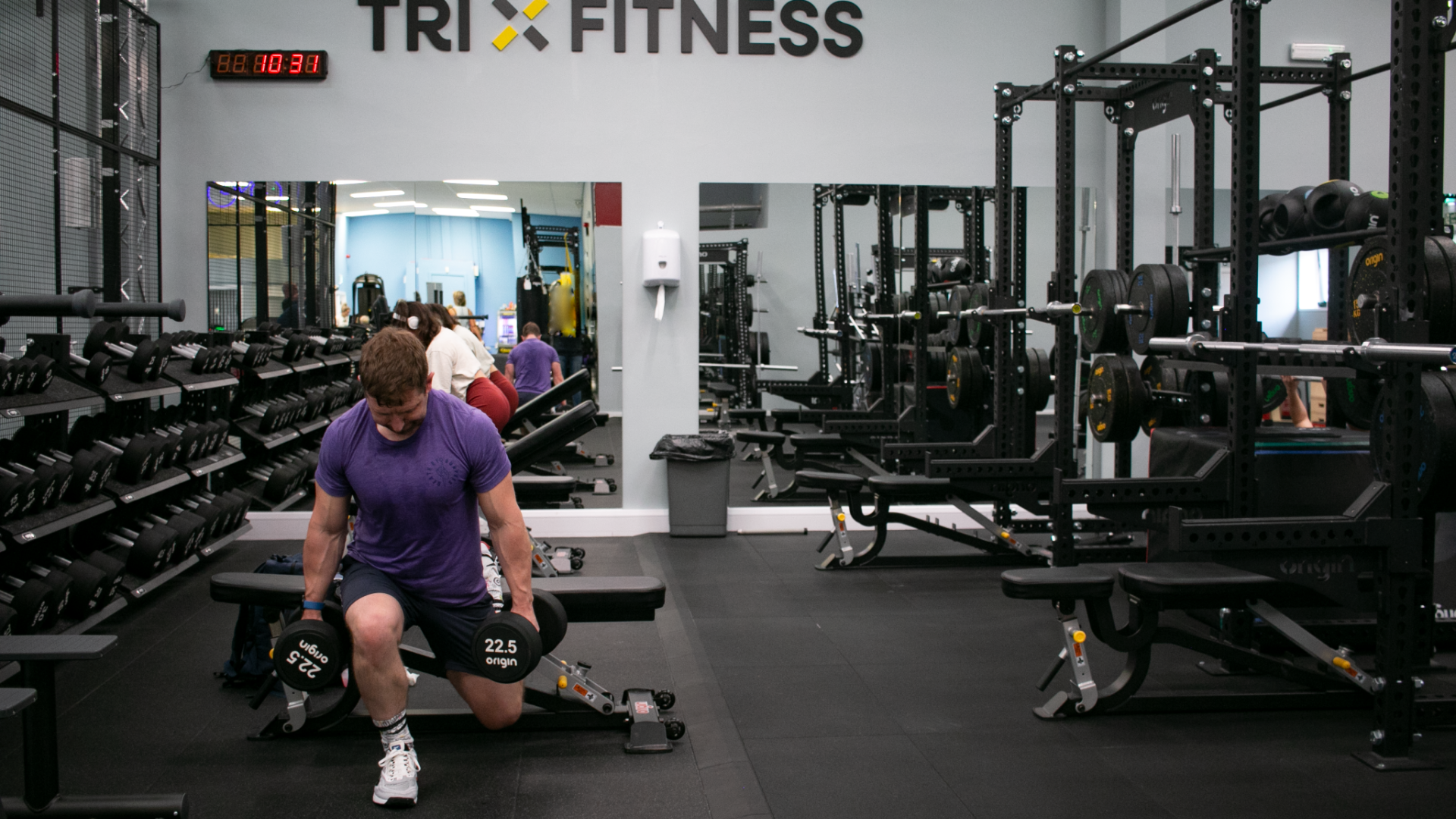
If you already have a gym and are looking to add to it, then you should consider the following questions:
What equipment do you currently have?
And how long have you had your equipment? Everything has a lifetime value. Equipment wears with use, and it is important to replace it frequently, adhering to the warranty guidelines. While staple equipment such as racks or rigs will have a longer lifecycle of years, exercise mats and more consumable items will need replacing every year few years.
What works well within your facility?
Changing equipment can rejuvenate a facility, but it doesn’t mean every bit of equipment needs to be replaced. Customers will have their preferred pieces that they use which needs to be taken into account when reviewing any change. Don’t just follow trends with your layout, your customers will be with you a lot longer than passing fads.
What challenges are you currently facing?
Is there a new competitor in your area taking advantage of an area you don't offer? Does your facility lack anything in particular? Do we need a better system to generate leads? Is retaining new members becoming an issue? It could be any number of issues, but without identifying them, it’s impossible to put together a solid plan.
It might be a case of running a different class to attract new members and excite existing ones. Members might be looking for more added value, such as having a coffee bar or additional amenities like a sauna and cold plunge. Take some time to identify the main challenges currently being faced.
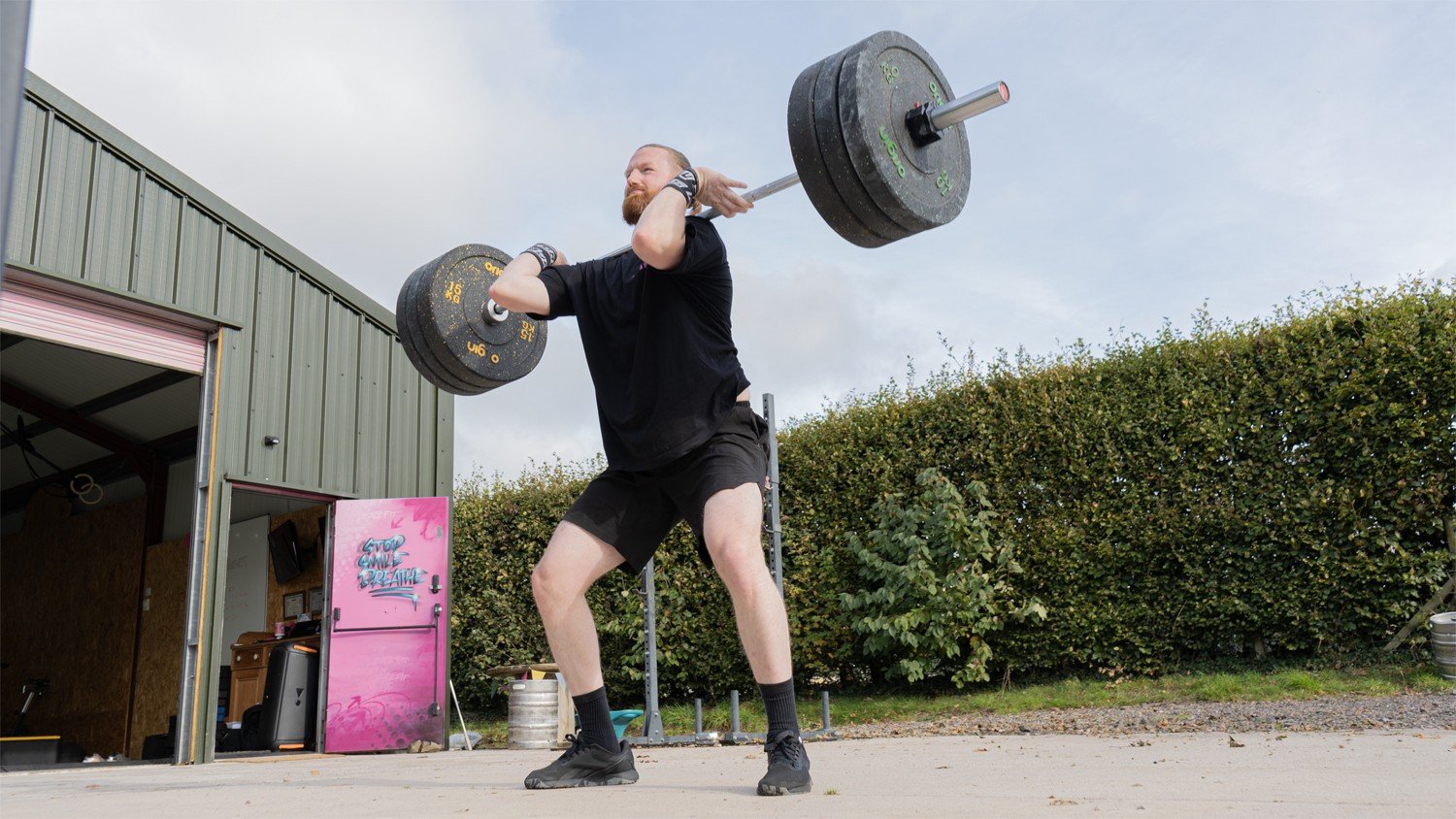
Answering each of these questions would give us an indication of the local market and support you in developing concepts that will attract customers. What's missing in your local area, what is the demographic, and what would maybe encourage others to train with you instead?
With any facility and gym design, there is a list of practical implications you need to consider before you start:
- Space limitations: Don’t overcrowd your facility with equipment. The space should have a good flow and room for people to move around when training.
- Ceiling Height: This is particularly important for building rigs and racks like our Performance and Elite Series, which require good clearance for proper use.
- Sub-Floor: Each flooring type, including tile, roll, and turf, requires a specific subfloor to ensure the best fit and the protection of the user and equipment. We'll touch on this later, but we do have guides for commercial and home gym flooring that go into more detail on this topic.
- Parking: Gym design is not only about what happens inside your facility. Consider how your clients will get to the gym. Do you need a space with car parking for convenience? Does this fit with your desired location?
- Windows: Often forgotten about, equipment placement may involve a shuffle to ensure that natural light isn’t blocked and the gym area is well-ventilated. If natural lighting isn’t possible, consider alternative lighting options.
- Access & Flow: Clients should be at the forefront of your mind. How does the gym look and feel as you enter, and does it draw you in to want to train? It might be worth adding in an initial welcoming reception area instead of just right onto the gym floor, as big pieces of equipment at the entrance can block the view of the rest of your gym.
- Power: A space's layout can impact its power needs. Remember that if you want to change zones at a later stage, this might require a complete overhaul of outlet placement. There needs to be enough power across the site for lighting, machines, music, and timers. This also means considering how cables will be spaced out and hidden.
- Facilities (e.g., water and waste): Because these are among the most expensive areas to move or develop, considering where they are or where they will go (and their size) will impact your overall layout and design.
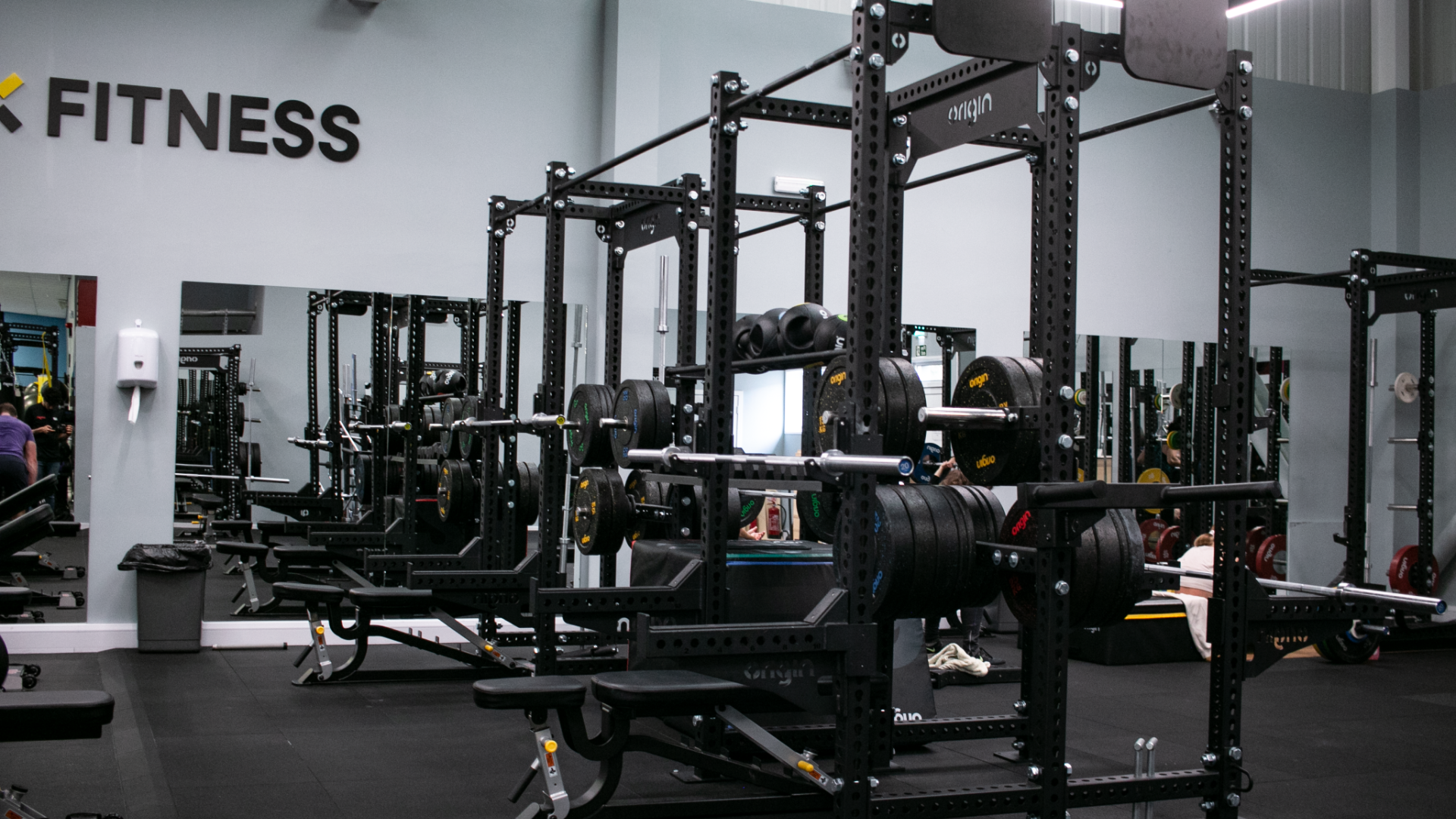
Expenses & Budgeting
Once you have a solid grasp on the challenges and an idea of what you want from the space, it’s time to get into expenses and budgeting. This will affect everything from equipment selection to renovation work and business growth. Having a solid budget in place will help ensure you don't overcommit in certain areas and keep you on track.
Laying out budgets monthly means you can see clearly where financiers are going and make sure this aligns with the direction you want the business to take. It will also help you prioritise and focus on what's important, such as paying bills on time, paying salaries, and generating leads.
If numbers aren't your strong suit, it might be worth getting an account or financial planner to help you with this, especially if you are new to it. To give you an idea of what to include in a typical monthly budget, here's a list of the most common outgoings we see:
- Gym Equipment (purchase or lease)
- Utilities (electricity, heating, water)
- Rent (leasing or purchase)
- Staff Salaries
- Gym Software (managing client data, schedules, managing memberships)
- Cleaning Costs
- Marketing/Advertising
- Taxes (business and property taxes)
- Insurance
- Accounting/Legal Fees
- Licensing Costs
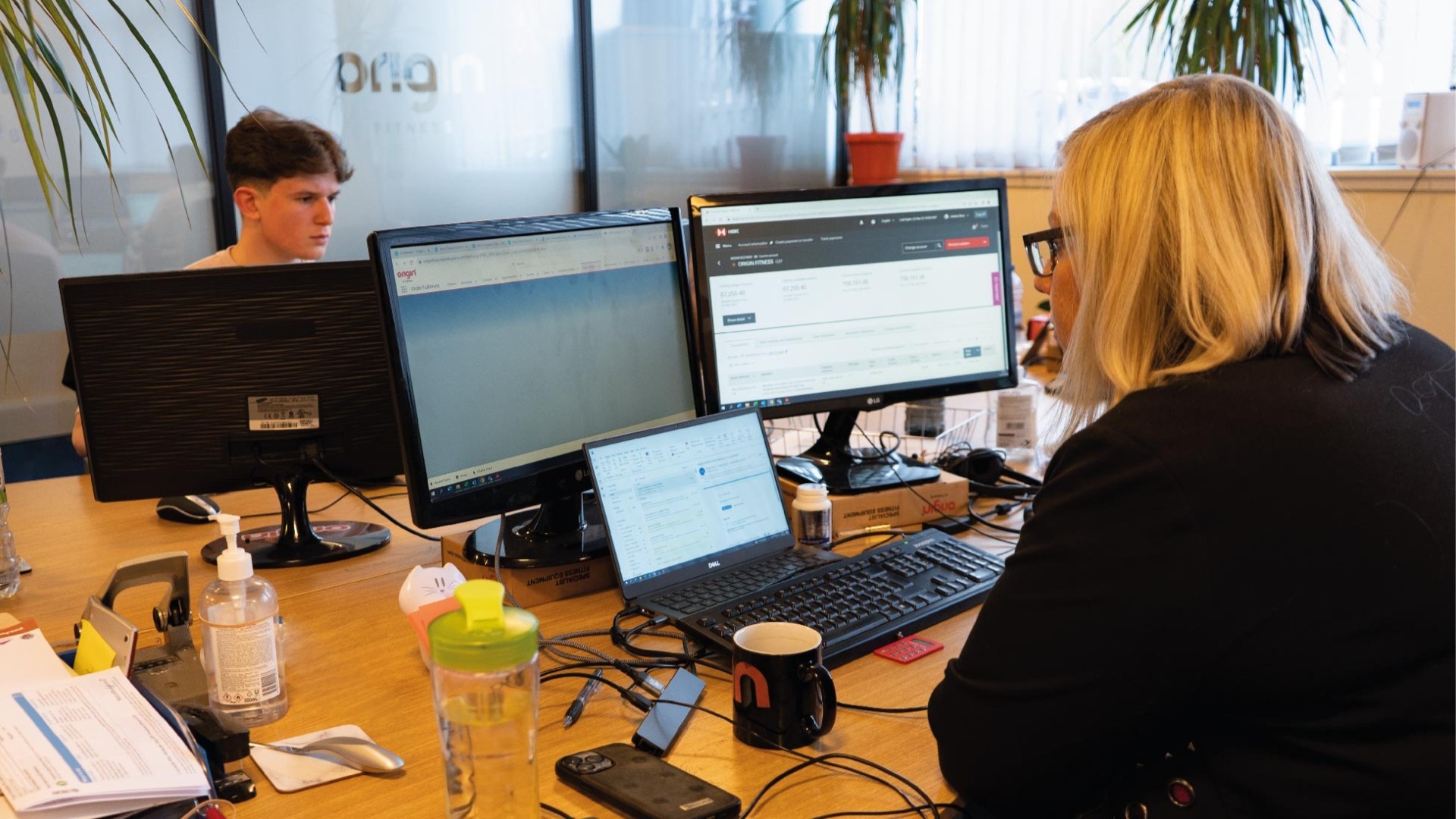
Zoning
Once the first few steps in a gym design project are decided, it’s time to consider zoning. Zoning is the process of splitting a gym into different defined areas, which can help clarify where equipment will be placed and the overall layout of a facility.
Take time to consider the layout that best suits your facility's needs and experiment with a few different ideas until you get it right. This is where the 2D designs we'll get on to soon can come in useful, and having multiple layout ideas is useful as it gives options to play about with if one layout doesn't work.
If you’re already running a successful gym, you’ll know how many members are needed. However, for those who are new to the process, this step is key to answering questions such as how much equipment can be used in an area and the number of members who are welcome in the gym at one time.
Taking a zoning approach will help answer many different questions, including how much space is needed for the number of members you aim to have and how much equipment is enough for the class numbers you aim to take. Let's take three examples of what we mean to give you an idea of how different sites approach this.
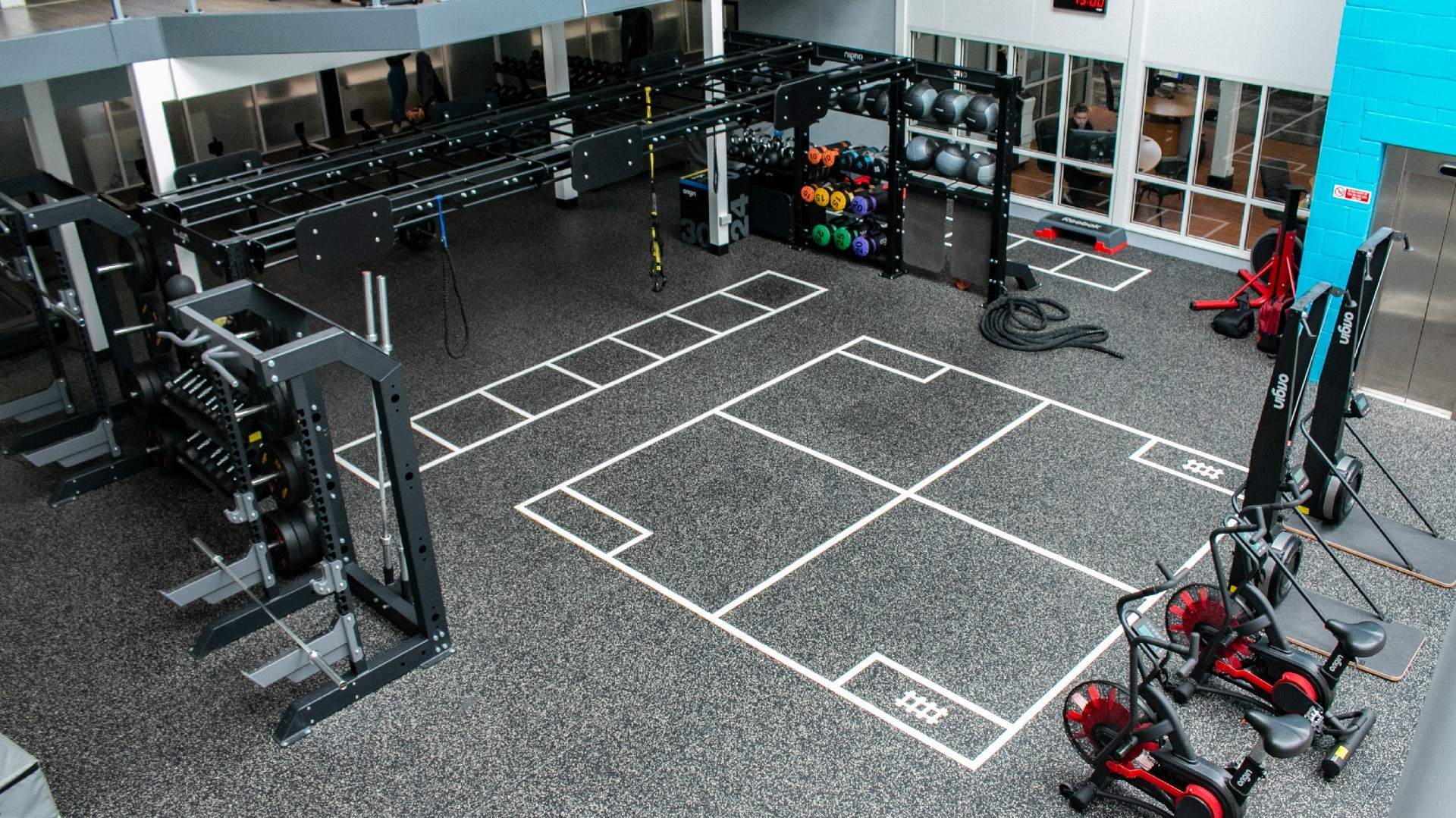
Independent Gyms/Gym Chains: Covering a wide range of gym types, these sites focus on specific customer groups, so they need balance across their zones. Let’s take The Gym Group, they have defined areas for strength training, free weights, and cardio equipment but also offer Hyrox classes. No one zone takes priority, offering members a good mix of equipment in each area.
Emergency Services/Military: These sites are not just a staff perk, they are in place to help staff perform their roles. This means that equipment tends to be focused on job-specific performance, and the zoning is built around functional fitness. This might lead to more skewed zoning to strength equipment with functional rigs and cardio equipment, like The Kings Troop.
Sports Performance: Zoning in these sites is focused on supporting elite athletes to perform at the highest level. When delivering these projects, zoning takes a sport-specific focus, which can lead to more niche equipment being installed. Recent examples would be the Impulse Multifunctional Trainer for golfers and Wall Based Rigs for Edinburgh Rugby athletes.
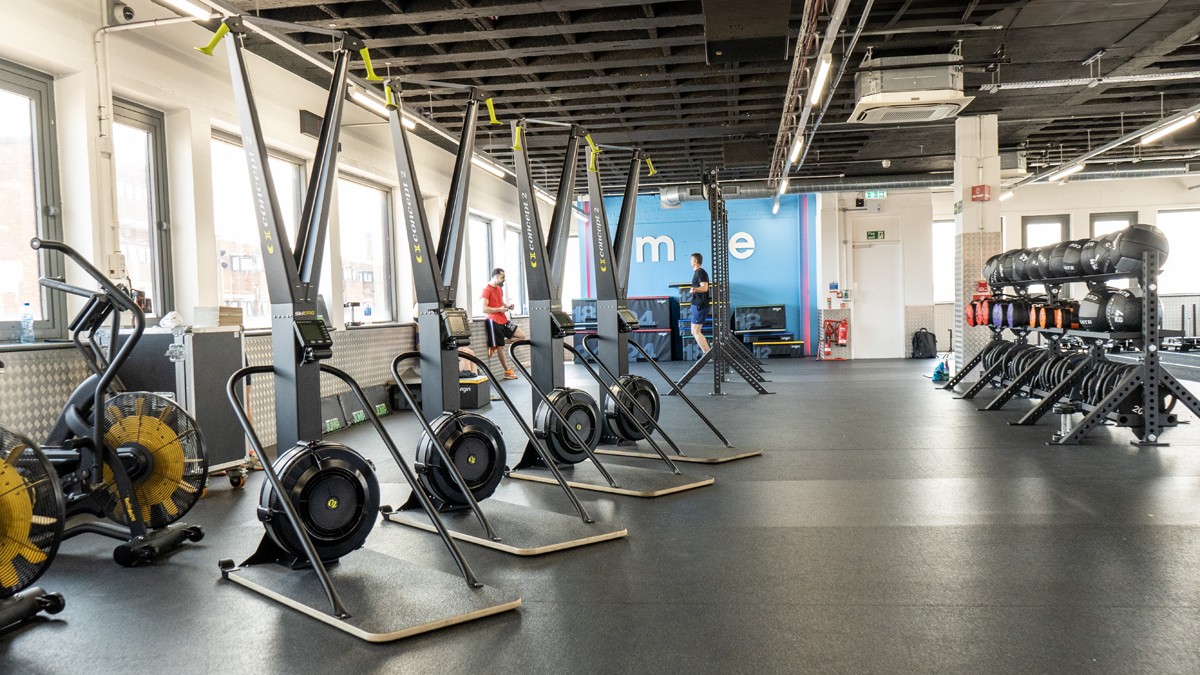
Gym Design and Layout
Now that we should have a good grasp of the zoning, we can move on to more detailed room design and layout. Gym Design can be brought to life using 2D and 3D modelling. This important step can help identify issues or allow changes to be made before a single piece of equipment is even purchased, making the whole process run smoother.
We touched on zoning in the previous step and mentioned having multiple designs is helpful. This initial stage allows us to see if there's enough space for all the equipment we want to include. It can also highlight potential problems with the layout and identify if there is room for other equipment we might not have considered initially.
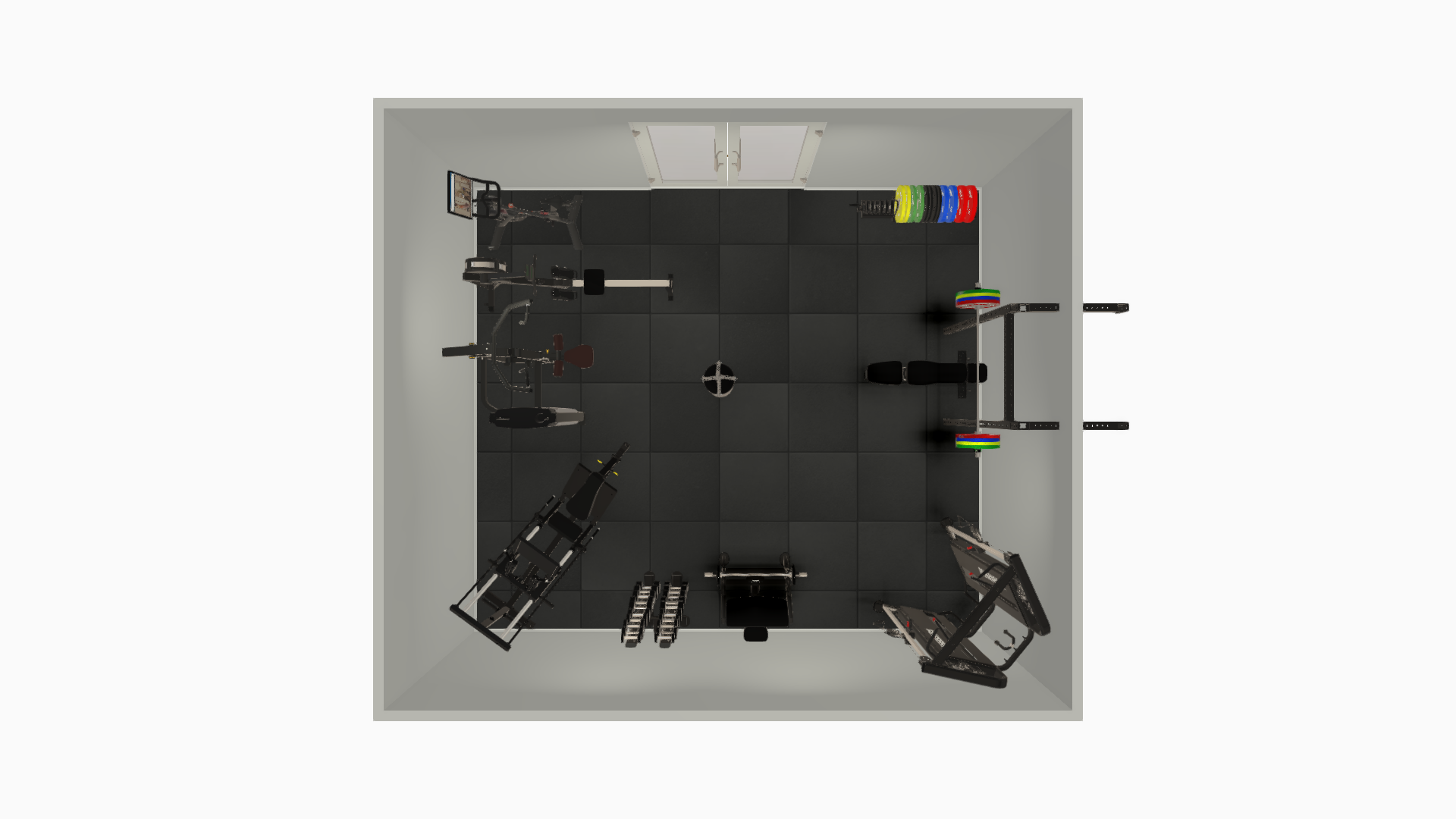
At Origin, our team of in-house experts use the latest software to bring spaces to life. As we said earlier, 2D designs allow you to initially get a rough feel for the layout of a space before moving on to more detailed 3D modelling and rendering.
Once a 2D layout has been decided and approved, we'll move on to more detailed 3D modelling. 3D designs provide a more realistic and immersive viewpoint, helping to see the space in greater detail and get an idea of how pieces interact with each other.
Using both types of design eliminates guesswork and helps prevent issues like lack of space from occurring before a single piece of kit is delivered or installed. Finally, once the equipment is installed, it's possible to create complete walkthroughs of your site once everything has been installed.
"Quality equipment is the cornerstone of a successful gym. Whether you're opening your first site or adding a new one to your existing portfolio, dependability is critical to the successful launch of the site. You will have enough on your plate without worrying about your equipment too!.
My advice is to buy the best equipment you can afford, and to buy it from a reputable vendor with a proven track record of delivery. The aftercare is as important as the product in commercial spaces, so make sure your equipment supplier has a robust Customer Service team to handle all your queries.
Finally, be honest with yourself about your expected customer footfall and buy equipment that is suitable for this - putting home or light commercial equipment into a busy commercial gym is a false economy and could even pose a safety concern to your customers."
- Sean McGhee, Product Director, Origin Fitness
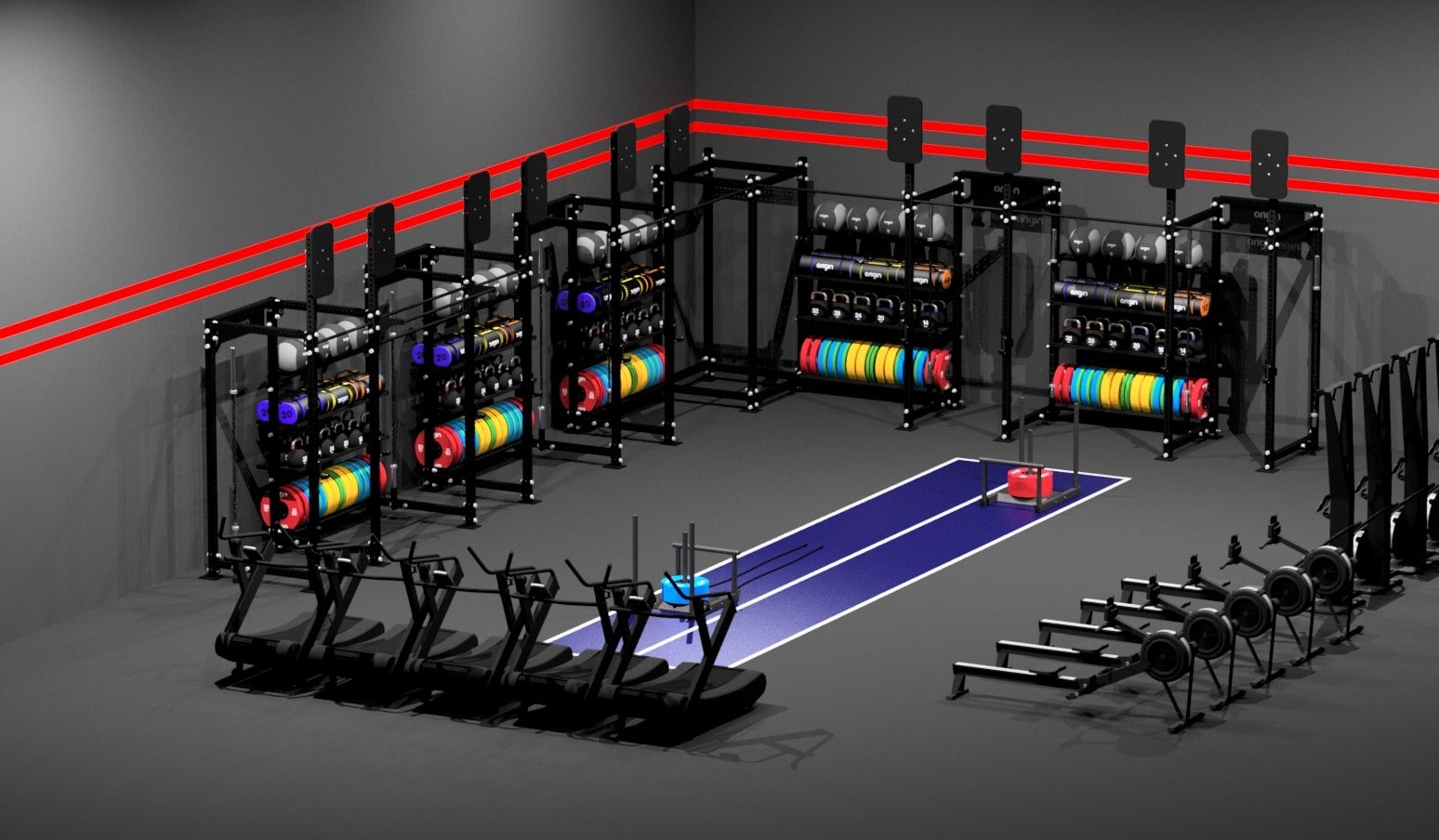
Equipment Choice
Now that we have a greater understanding of the layout and a visual idea of the space, we can start deciding on what equipment to include. While certain brands might be in your mind already, it’s worth considering all of the options. Don’t close yourself off until you’ve seen many different options.
Another element to consider is leasing or purchasing equipment outright. Most sites tend to lease equipment, as it allows them to replace and upgrade equipment at the end of the contract, but it can be more expensive in the long run as you won't own the equipment outright. However, leasing does help avoid the high startup costs that tend to come with opening a gym.
The equipment selected should cover all bases, but the quantity of each piece is unique to each site, as we showed in the zoning section. We’ve worked with sites across the fitness spectrum, from bodybuilding sites wanting 95% strength and free weights to studio spaces requiring mainly lighter conditioning tools, no one approach is right.
"Great gym design isn’t just about the aesthetics or equipment you choose – it’s about how the gym flows, functions, and empowers your members. Prioritise space over more equipment, allow for natural light as well as the neon, and most importantly create purposeful zones so that every rep feels intentional."
- Dugald MacGregor, Sales Director, Origin Fitness
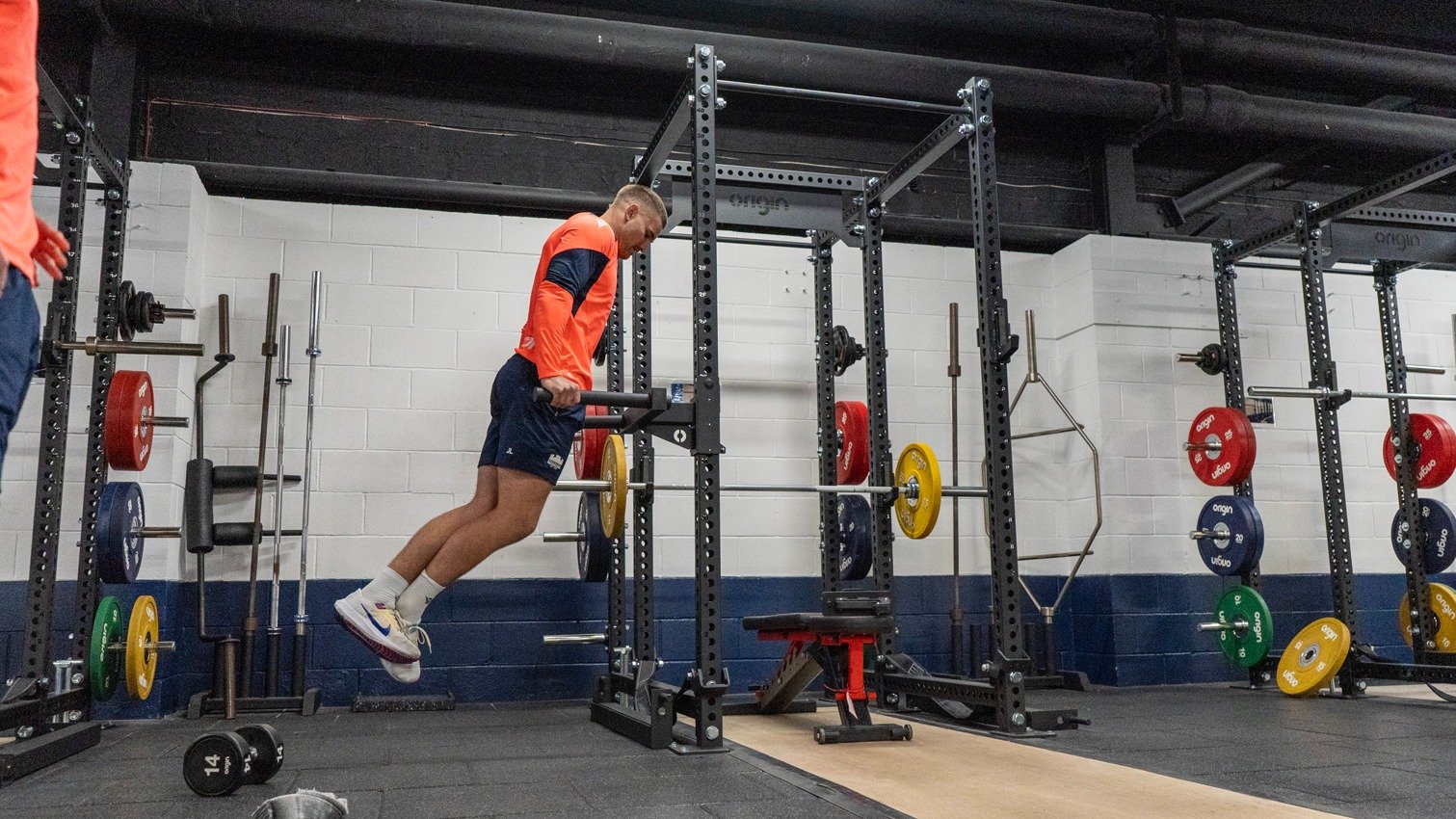
Gym Flooring
It's not the most glamorous section, but arguably, the most important decision is the right gym flooring and subflooring. Gym flooring is so important because it impacts the whole site, including all equipment and everyone in the gym.
Subflooring is the starting point. Before deciding on the right flooring, we need to consider the subfloor. This stage is crucial because if not done correctly, the flooring will be unstable and can lead to issues such as excess moisture getting in, which can warp or bubble the flooring that is laid on top, damaging the gym flooring, which will need to be replaced.
Some questions to ask would be:
- What is the material makeup of across the floor?
- Is it different across the gym floor?
- Is the surface even and safe?
- Is there enough impact protection?
- Will it be hard-wearing enough to withstand high footfall?
Once we answer these questions it's time to move onto flooring which should be selected based on use and traffic. Thinner tiles are excellent for high-traffic areas, such as entrances and general areas around single-use machines. These areas require hardwearing options, but might not need additional impact support, as heavyweights should not be dropped here. 20 or 25mm tiles are a great choice.
When choosing flooring for lifting areas, the most common and effective choice is 40mm tiles. These will provide appropriate impact and sound absorption, protecting equipment and flooring from damage during lifts. It’s also worth considering whether lifting platforms are a worthwhile investment to provide a dedicated lifting area that will offer even greater protection.

Additional Features
Little features can go a long way when designing a gym. Minor details are the elements that will help you stand out the most, making your space special or unique. Gym lighting, wall art, décor, mirror placement, and taking an interest in the interior design across the space, pulling together these pieces is what gives a space its personality.
Consistent branding and colour schemes throughout the site are also essential. Do the graphics reflect the brand and create the environment that you want? Consider the mirror placement and lighting. Is there a space for people to take amazing pictures, giving you free brand promotion every time they visit and post at your site?
One final area to consider is changing facilities, especially if you're looking at creating a boutique studio, Pilates hub, or going for a more premium vibe. Changing facilities can sometimes make up 10% of the site, so it’s worth considering what amenities, layout, and other aspects you want to offer here.
We highlight the importance of thinking about these areas as gym design is changing. Health and wellness are becoming more important, not just to the younger generations, but there is a general shift across the world. People are happy to spend more money on their fitness and health which is why these additional features are important to think about.
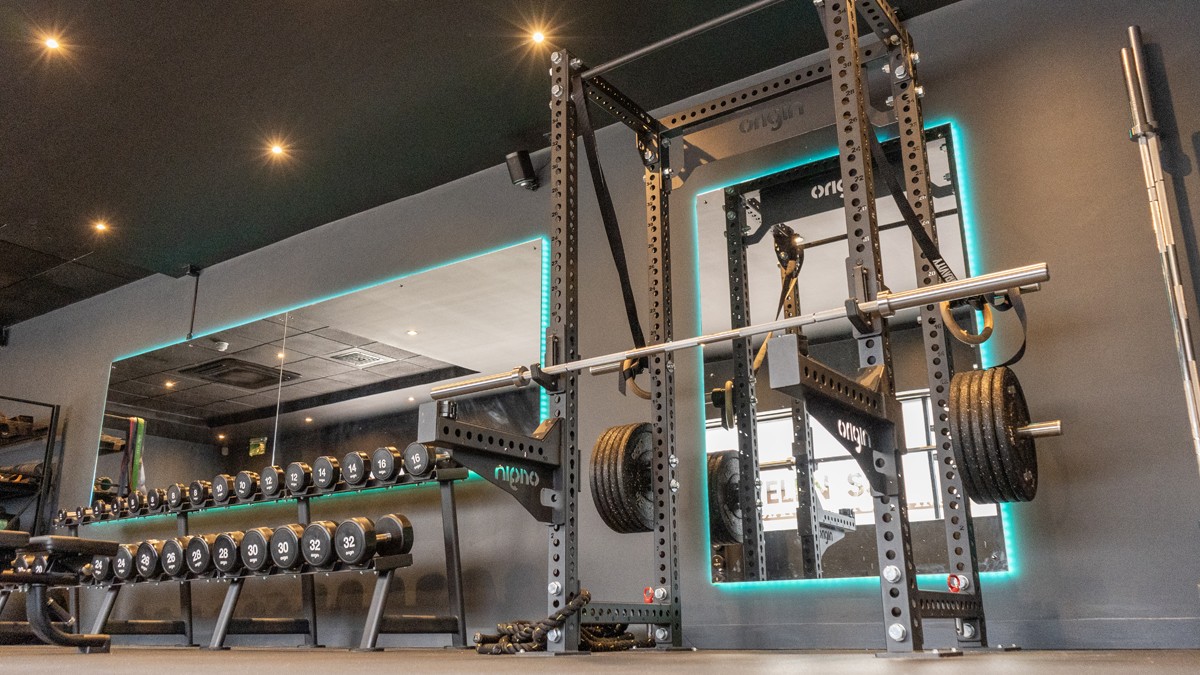
Warranty, Insurance & Equipment Servicing
When purchasing equipment, you’ll want to protect it. This is where appropriate warranties, insurance, and servicing are essential. Warranties will usually be in place from the moment the equipment is purchased, and each item will have its own specific warranty, which is something to keep in mind.
This can give you a good idea of when parts must be replaced. It also gives peace of mind that manufacturers or sellers will replace faulty equipment if it falls within the warranty period. Adhering to the warranty will help keep equipment in good working condition and maintain its value.
Replacement periods can vary, but a good rule of thumb is that consumable items like exercise mats should be replaced every couple of years depending on wear, whereas larger machines will last for several years with regular maintenance. Manufacturers and retailers will often help schedule these for you, so ask about this for more information.
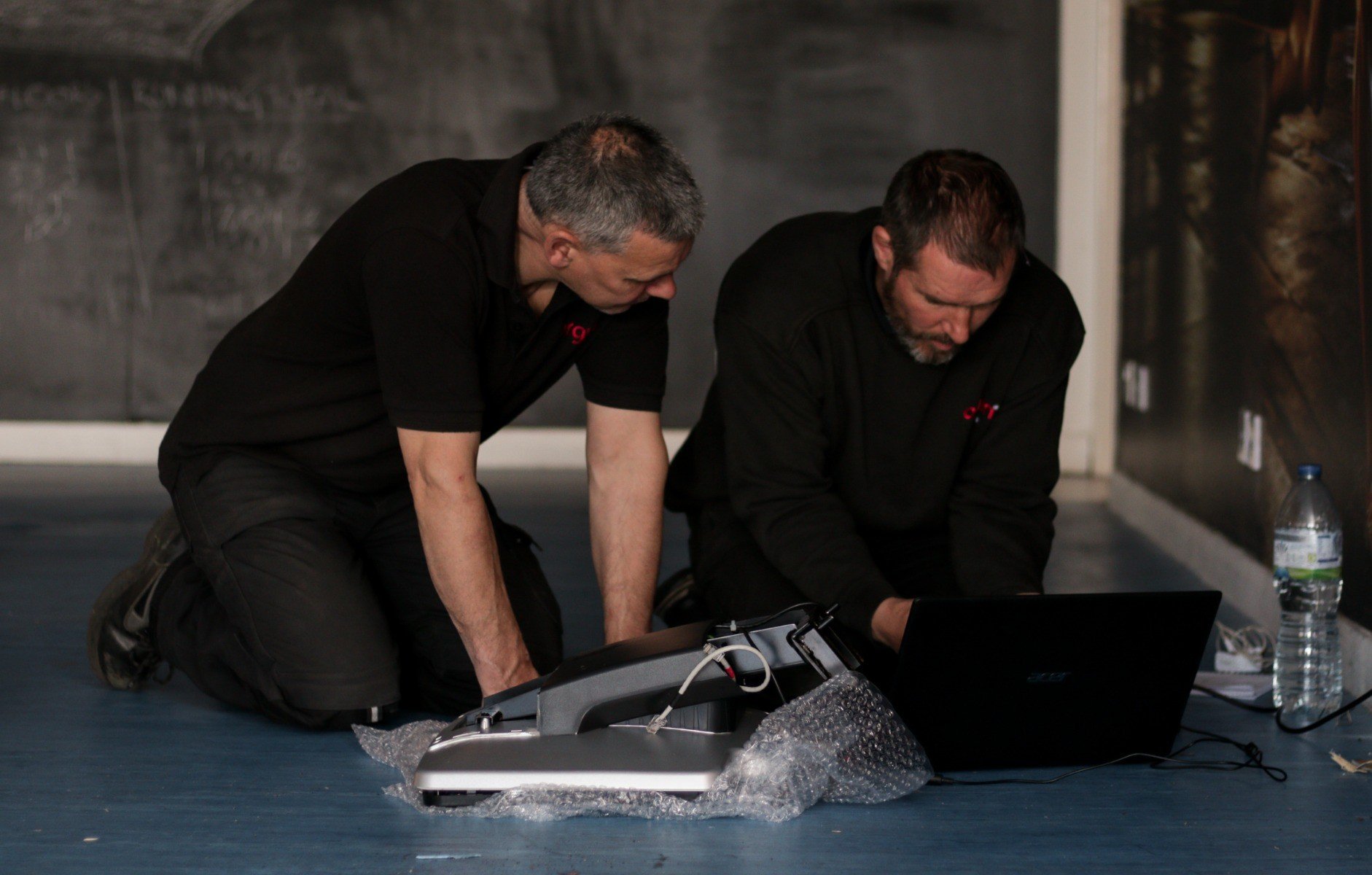
Insurance is another aspect to think about, especially when opening your own gym. While a warranty will ensure equipment can be replaced if it breaks during certain periods, insurance will protect you in case situations arise in the business that might cause problems. To run a gym, there will be a few different types of insurance you need:
Public Liability Insurance: Protection against bodily injury claims or property damage that may arise from their operations. It's not a legal requirement but definitely worth having in case a claim is made against your business.
Employers Liability Insurance: Employing any staff? Then, this will be required legally to provide financial protection against claims related to employee injuries or illness.
Property Insurance: This covers damage or loss to the gym's physical assets, including buildings, equipment, and contents. While not a legal requirement, it can help, especially if you have a mortgage.
Professional Indemnity Insurance: This can be helpful if you provide services like personal trainers or fitness advice. It can protect against claims related to negligent advice or services.
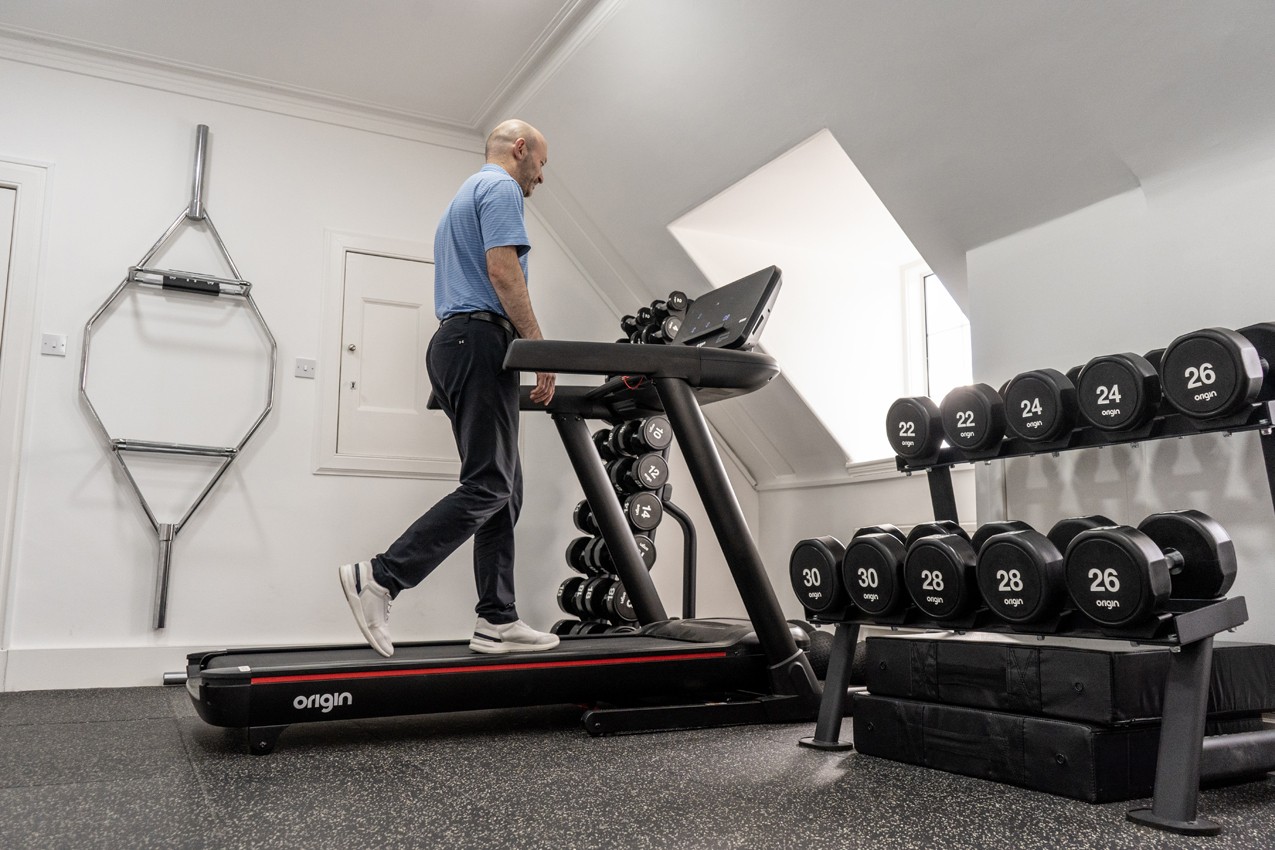
Building a Brand
If you’re already considering opening a gym, we’re sure you have an idea of what you want to do to build your brand. This is a really key aspect of getting your name out there, building a following, and, most importantly, generating leads.
Brand building can take many different forms, but when starting out, it can seem overwhelming to choose a strategy. While there is no single approach to doing this, if you’re not sure where to start, here are a few ideas to get things going.
- Create a website with relevant information on your services and offerings, including contact lead generation forms and easy ways for people to get in touch or sign up with you
- Create relevant blog content to get ranking in local search engines
- Create content around core topics (strength training, recovery, nutrition), and add your own twist to keep it fresh and aligned with your own views and philosophies
- Create video content for Social Media and YouTube. People respond better and engage with video content the most on these platforms
- Start multiple social media accounts where you regularly post and engage with the community. You don’t need to be on every site, but Instagram, TikTok, and Facebook could be good starting points
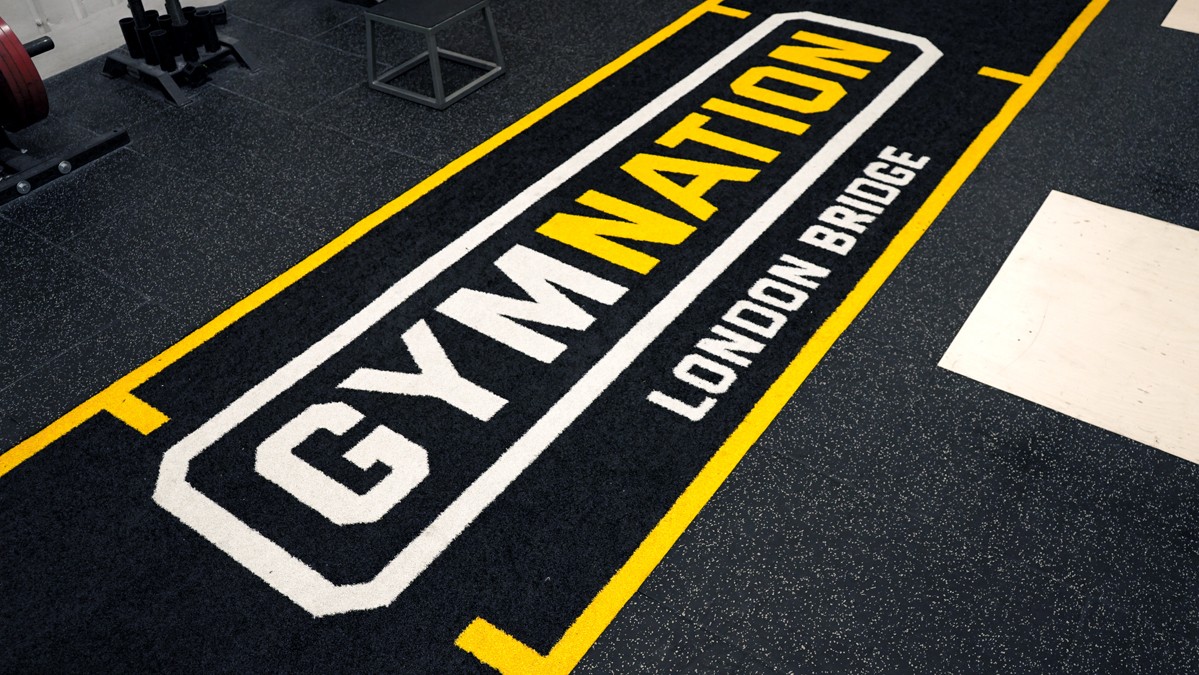
Generating Leads
While the previous section might cover some great ways to promote your brand digitally, the main reason for doing them is to generate leads. This is why we mentioned having a visible website with content which ranks well locally, as this will help generate leads by targeting customers in the local area and making them aware of your brand.
This is especially key as once the gym is up and running, there will likely be a consistent core customer base that provides a steady, regular income stream, but plenty will come and go. A solid marketing and sales plan is needed to draw in new customers. If you want to do this cost-effectively, let's start with organic methods.
On the marketing side, to target these customers, the main focus areas will be on creating a website that targets your customers. This means having solid landing pages that convert clients who land on your site, pushing them to get in touch, sign up for newsletters, or subscribe to your social channels.
If you choose to publish blog content, make sure you focus on core topics related to your niche that are informative. Even covering a few core topics, such as strength training, nutrition, and overall wellness, can make your website more engaging for users. If this sounds like a lot to do, consider outsourcing it to free up more time to focus on other areas of your business.
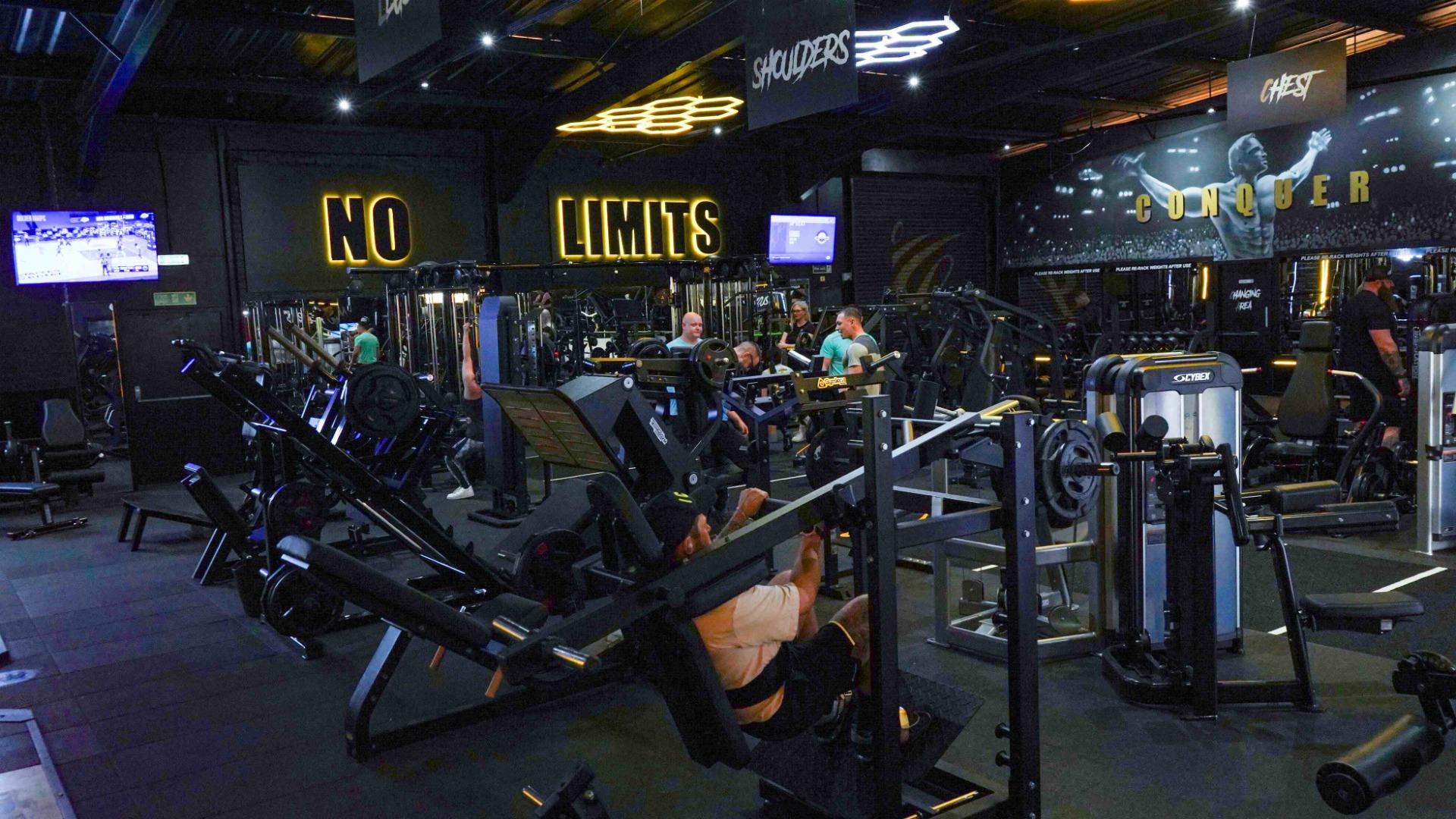
Another option, if there is spare budget, is to look into paid promotion, which takes the form of Google Ads or social ads. This involves targeting keywords in the local area or promoting posts on social media to help potential customers find you. Combining both organic and paid techniques should bring you leads.
On the sales side, if everything goes well from a marketing perspective, then leads should be coming to your website, emailing, or calling to get in touch. One of the biggest challenges gyms face is converting these leads into paying customers.
No one option will work. Trial and error with various techniques is the only way to figure out what will work for you. Offering trial periods, classes, and informative content can all be enticing strategies for driving leads to you, but what should you do once they get there?
- Offer trial periods
- Flexible membership options
- Utilise a referral program or exclusive club (e.g. perks or a private community group access)
- Run regular events to build a community
- Personalise communications like emails and
- Make onboarding as simple as possible, cut out unnecessary steps
- Have a follow-up and lead segmentation process
- Offer unique services as part of offering (physiotherapy, wellness sessions, sport-specific training)
- Customer testimonials/social proof

Environmental Impact
Sustainability is a topic that isn’t going away anytime soon, and it’s only going to become more important. If you’re trying to limit or contribute to being more environmentally friendly, then we can do a few different things to do our part. So, how can we make a difference as gym owners?
- Use products with sustainable materials like EPDM Rubber Tiles that use recycled materials
- Choose energy-efficient equipment like Curved Treadmills that are self powered lowering energy consumption
- Integrate smart energy management tools such as motion sensor lights and timers
- Promoting recycling where possible
- Reducing the use of plastics
- Eco-friendly cleaning products

Conclusion
Gym design has many different stages to consider, and we hope this blog helps you regardless of your stage in the journey. If you have any questions or need advice on improving your facility, get in touch with our team today, and we'll support you as best we can.
